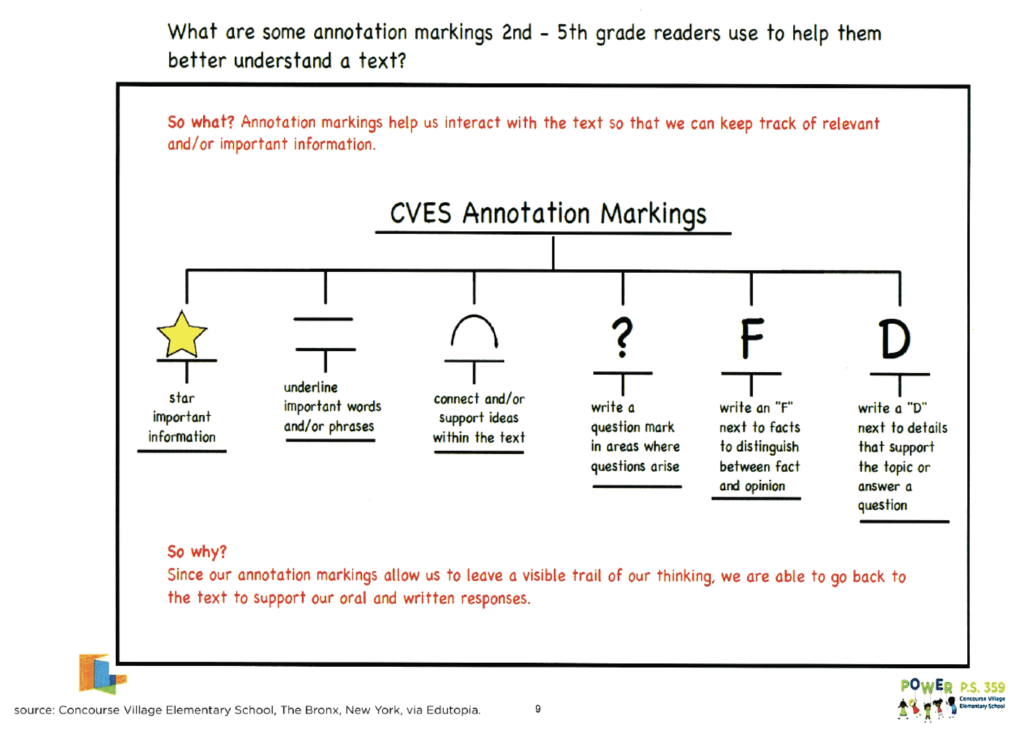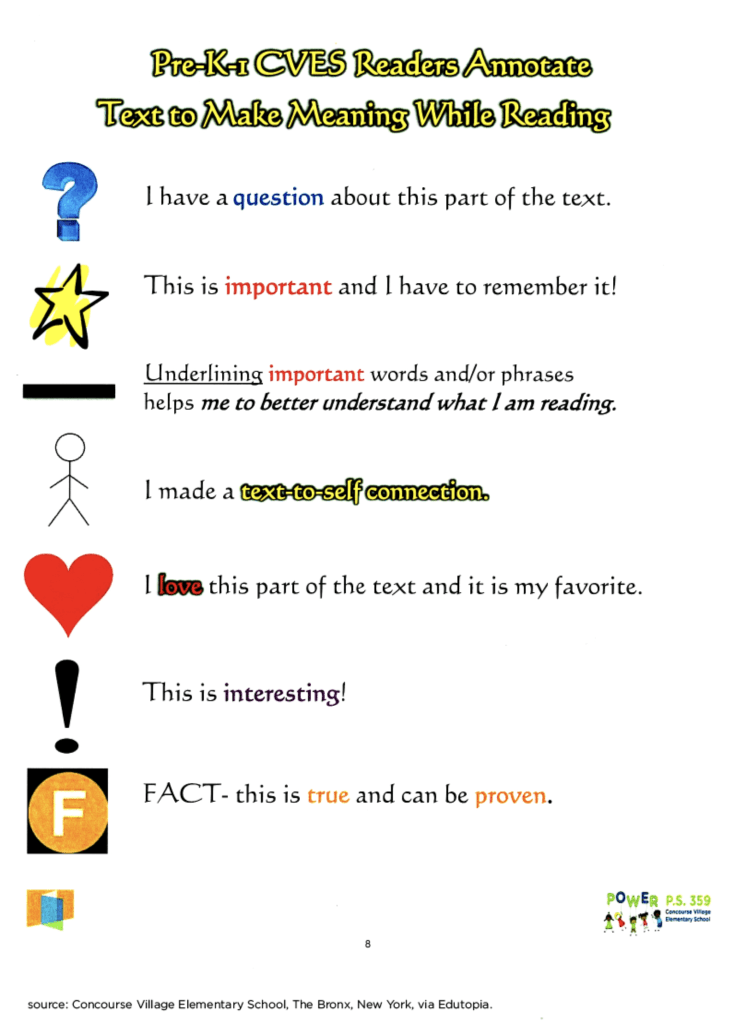Close Reading: Elementary Grades K-5

I recently read two blog posts that address close reading of complex text in the elementary grades, including kindergarten and grade 1. The first was a piece by Tim Shanahan titled Complex Text for Beginning Readers… Good Idea or Not. Shanahan makes the case that, even for these early grades, teachers can begin to teach students how to tackle challenging text. Keys to Literacy provides professional development for close reading using our Keys to Close Reading one-day teacher training offering. We are often asked if this PD is appropriate for teachers in early primary grades. Our answer is, “Yes, but only if the teacher uses read aloud to give students access to the text.” Shanahan makes the same point and explains that young children in kindergarten and grade 1 are just learning how to decode words and therefore cannot independently “read” challenging text that will most likely have multi-syllable words. However teachers can still teach how to unpack complex text — it just has to be done through read aloud of the text. Students also need to focus on developing decoding skills, and this is best done using decodable text that might not be as challenging as it relates to vocabulary and comprehension.
The second post is an Edutopia blog post by Emelina Minero titled Driving Deep Reading Comprehension in K-5. Minero shares a five-step strategy to support close reading of challenging texts that is used at the Concourse Village Elementary School (CVES) in the Bronx, NY. This school spends 15-20 minutes each day at K-5 grade levels deconstructing above-grade-level text samples of up to 150 words. The steps are spread out over five days of lessons. The goal after many practices is for students to develop a strategy for reading difficult text. Here is the five-step strategy:
- Read the text two times to get the gist – What is this text mostly about?
- Annotate using one of the annotation markings.
- Ask at least three questions related to Common Core Reading Standards 1-2 (Key Ideas and Details)
- Ask at least three questions related to Common Core Reading Standards 4-6 (Craft and Structure)
- Summarize – What did you learn?
There were several suggestions that Minero made that align with the content of our Keys to Close Reading PD. The first has to do with explicitly teaching students how to annotate text. We suggest that students:
- Underline or highlight important
information – use one color for main ideas and a different color for details - Circle unfamiliar vocabulary
- Connect ideas with line or arrows
- Bracket the most important
passages - Margin notes:
- Write
major topics or main ideas - Write
comments and reactions to the text - Write
questions about the text
- Write
- Use symbols (text coding):
- Place
an asterisk (*) or exclamation
points (!) next to unusual or
surprising details - Place
question marks (?) in places where you have a question, need clarification, or are unsure of what the
text is saying
- Place
We also suggest giving students a handout or posting a classroom poster that offers annotating suggestions, such as the two examples used at CVES (the first is for students in grades 2-5, the second is for grades K-1).


The second suggestion has to do with text-dependent questions. The CVES strategy includes asking questions related to the keys idea and details in the text and the craft and structure of the text. The Keys to Close Reading teaching routine also has a focus on text-dependent questions. Specifically, it recommends that teachers create questions about the whole text and parts of the text that tap into both lower and higher levels of thinking. For example:
- Vocabulary
Question- Lower Level: what word does the author use to describe the color of the bike?
- Inference:
what clues does the context provide about the meaning of the word ___.
- Main
Idea Question- Lower Level: What is the main idea of paragraph ___ as stated in the topic
sentence? - Inference:
Based on details in paragraph ___, infer the implied main idea.
- Lower Level: What is the main idea of paragraph ___ as stated in the topic
- Author’s
Point of View Question- Lower Level: Who is the author/narrator?
- Inference:
What do you think is the author’s main purpose of paragraph ___?
In conclusion, the answer to Shanahan’s question “Complex text for beginning readers… good idea or not?” is YES!

 Joan Sedita is the founder of Keys to Literacy and author of the Keys to Literacy professional development programs. She is an experienced educator, nationally recognized speaker and teacher trainer. She has worked for over 35 years in the literacy education field and has presented to thousands of teachers and related professionals at schools, colleges, clinics, and professional conferences.
Joan Sedita is the founder of Keys to Literacy and author of the Keys to Literacy professional development programs. She is an experienced educator, nationally recognized speaker and teacher trainer. She has worked for over 35 years in the literacy education field and has presented to thousands of teachers and related professionals at schools, colleges, clinics, and professional conferences.
I came across your post about close reading and I must say I find your annotations to be a nice touch to reading, especially in young learners. I read aloud to my students and I think it adds to the experience for them and they enjoy it. I also ask questions, so they can state what they understand, or don’t understand. I think this is a nice idea. Thank you.